Why Filler Volume is Not a Measure of Safety for Aesthetic Practitioners

Scotland’s recent aesthetics regulation proposals appear to be using filler volume as a measure of safety for aesthetic practitioners.
The fact that the Scottish Government is suggesting non-medics should be able to inject fillers ‘up to 2mls’ under supervision, is both confusing and concerning.
After all, how much filler you inject has nothing to do with how safe a treatment is.
We spoke to Harley Academy Founder and CEO, Dr Tristan Mehta for his thoughts on this topic and the Scottish regulatory proposals more generally.
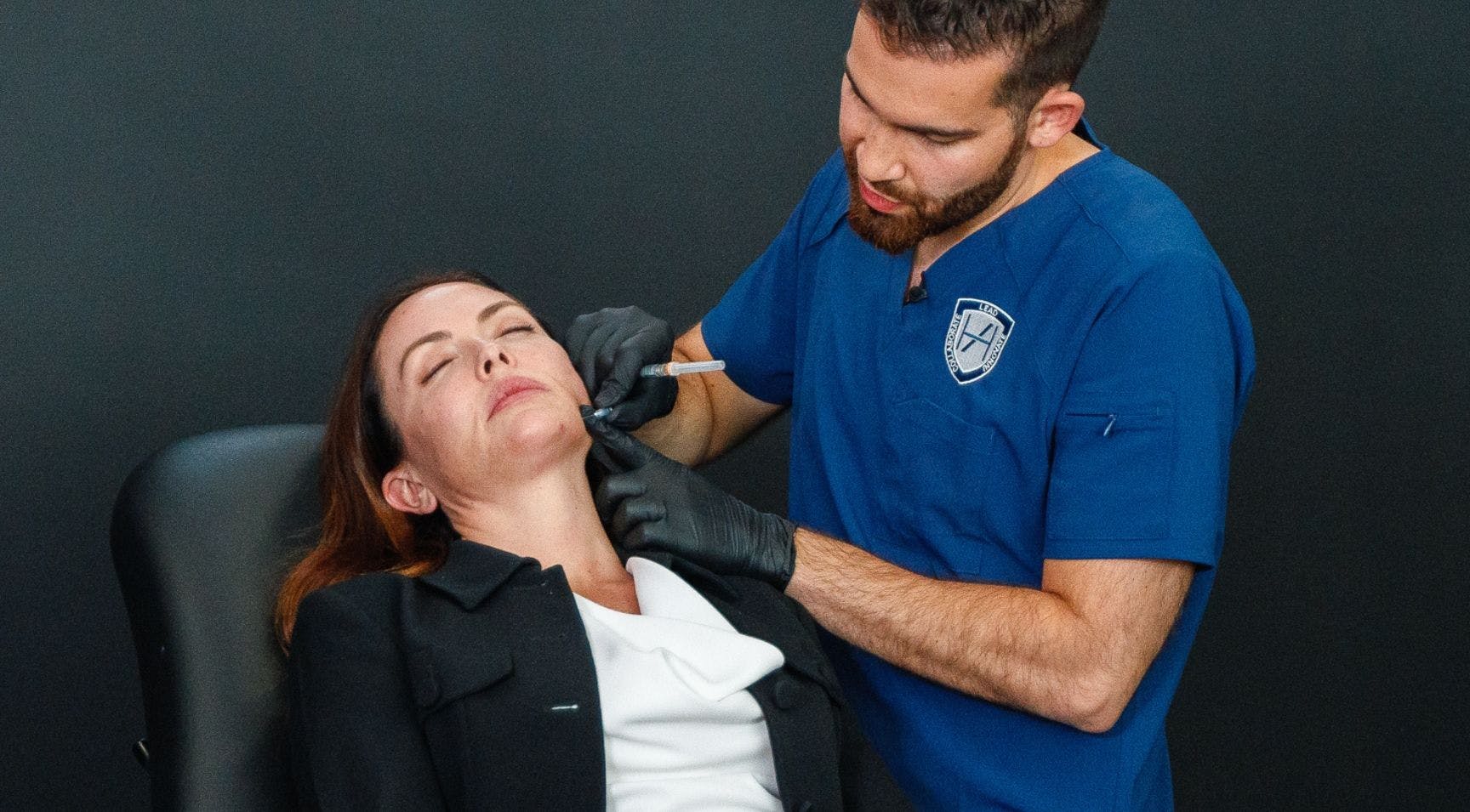
Why filler volume is not a measure of safety
“It can only take a small volume of product to cause vascular events. Even the tiniest amount of filler can lead to devastating complications such as blindness. Therefore, using the total volume of filler injected is an ineffective way to determine safety risks,” says Dr Tristan.
“Filler volume is certainly not a primary determinant of safe aesthetic practice. We strongly argue that it’s misleading to state that non-healthcare practitioners can inject ‘up to 2ml’ of filler. This type of statement can provide a false sense of security to injectors and is not helpful to patient safety concerns.”
Better safety markers for aesthetic practitioners
“There are more relevant safety markers than product volume,” he states. “The two checks we believe to be the most pertinent are:
- Medical experience as a healthcare professional in a clinical setting; and
- The level of aesthetics training that has been successfully completed where the qualification and training provider are both independently regulated.”
He explains that, when injecting, "practitioners should inject the minimal possible volume", alongside:
- Having a good understanding of anatomy and critical circulations
- Injecting slowly and at low pressure
- Aspirating (but not relying upon aspiration)
- Employing aseptic non-touch technique
- Using a correct gauge needle and cannula.
Dr Tristan notes, “In order to administer cosmetic injectables as safely and efficiently as possible, clinicians require a thorough understanding of facial anatomy.
“This knowledge is then built on with product rheology and applications, knowing how to properly consult, assess and build a treatment plan for each patient, with injection techniques following on from these key skills.
“Knowing when to aspirate, whether a needle or cannula is more appropriate - and which size, which layer of the face you’re injecting in, the optimal volumes and injection techniques… All this should become second nature as you develop your experience from a beginner through to an expert. There’s a certain level that’s required to administer even the most basic of cosmetic injectables, and that is what the Scottish proposals fail to recognise.”
He adds, “Aesthetic medicine is still a new medical specialty that is constantly evolving, with new information becoming available at a rapid pace. As such, it’s also crucial that aesthetic practitioners remain up-to-date with the latest research and techniques, not just product innovations.
“Harley Academy is preparing to launch a groundbreaking educational tool which covers these aspects. I’m looking forward to announcing the details at IMCAS Paris.”
For more information on this exciting project as soon as it’s released, sign up to our alerts.
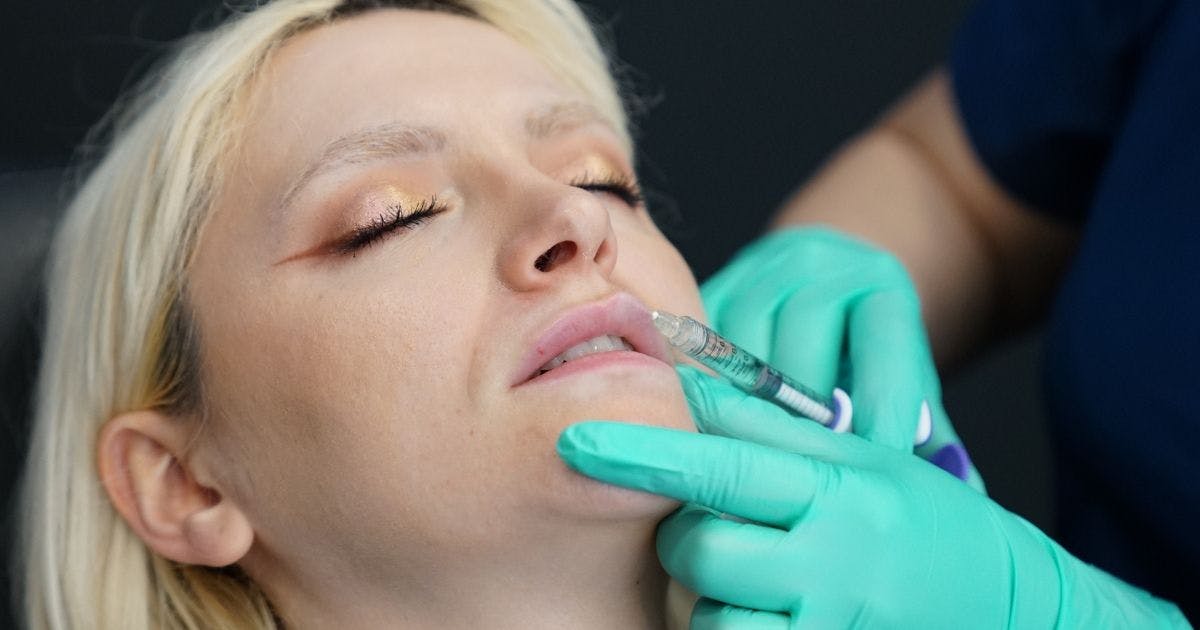
Dr Tristan’s thoughts on Scotland’s aesthetics regulation proposals
As we’ve previously reported, Scotland released its latest proposals on how it plans to regulate non-surgical cosmetic procedures, in December 2024.
These were published as part of an online consultation which anyone can respond to by 14th February 2025. You do not need to be from Scotland or based there to register your thoughts via the consultation form.
Here are the highlights from our discussion with Dr Tristan Mehta on the Scottish proposals put forward in that consultation.
Good to see licensing and aesthetics training standards being mentioned
“To start on a positive note, it’s fantastic to see Scotland mentioning licensing aesthetic practitioners and asking questions about the level and standard of aesthetics training they should have, from the outset,” shares Dr Tristan.
As the innovator behind the JCCP-approved and Ofqual-regulated Level 7 qualification in botox and dermal fillers, it’s only right that this be of particular interest and concern.
“Establishing exactly what level of training and/or qualifications clinicians need to conduct treatments in each tier is of paramount importance,” sets out Dr Tristan. “Ensuring the quality of these aesthetics courses and qualifications is equally vital to establishing clear standards across the board.”
He continues, “This will also clarify the pathway into aesthetics for potential practitioners, so they are aware of which courses they need to undertake and the qualification(s) they need to achieve in order to gain the necessary licence to practice.
“The regulation of these qualifications, courses and the aesthetics training providers offering them, will also need to form part of the legislative framework. However, I wouldn’t expect to see that yet from Scotland given these appear to be fairly early-stage proposals.
“These are the kinds of aspects I hope to see covered in the next phase of the proposals from England’s Department of Health and Social Care when it announces its next regulation update. I would hope to see Scotland look at this in the next phase of its proposals following the consultation responses.”
Whilst there have been many aesthetics regulation proposals and consultations for England, there has still been no movement. Following mounting pressure on the government, exacerbated by the first UK death of a Briton following a non-surgical cosmetic procedure - Alice Webb, who died after undergoing a Brazilian Butt Lift in 2024 - an update is expected early this year. Both the Prime Minister and Health Secretary have publicly indicated that this is something they are keen to get on with.
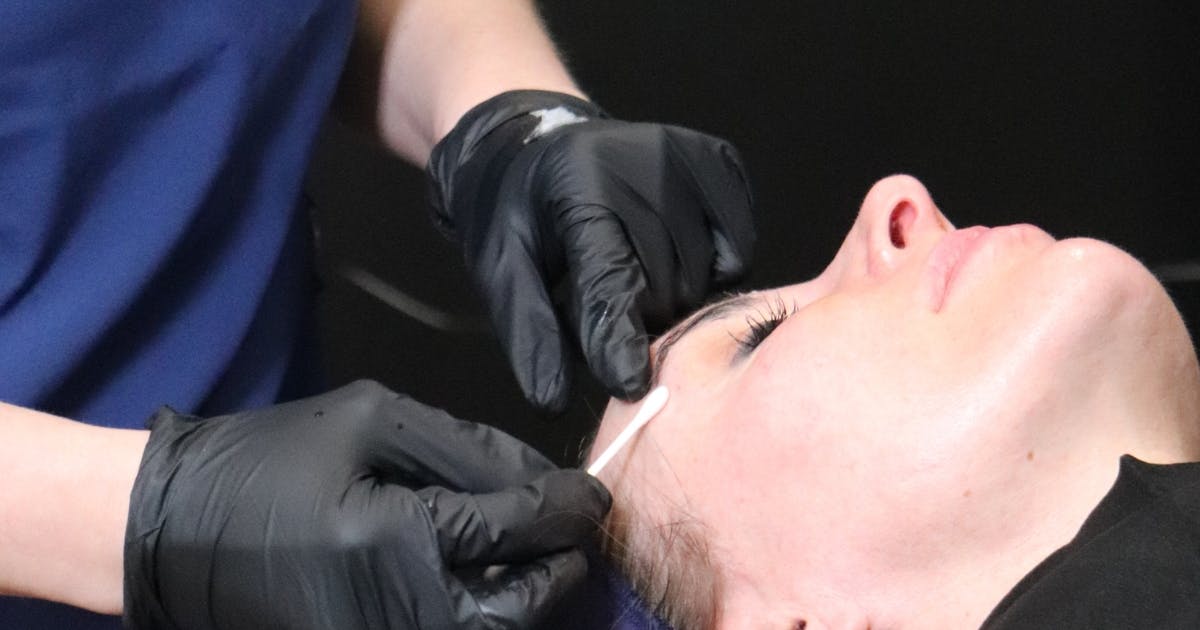
Non-medics should be limited to Group 1 procedures
“There are a number of surprising proposals being put forward by the Scottish Government,” says Dr Tristan. “Regulating the sector is undoubtedly a tough job, especially given it’s been without legislation for so long. However, what’s clear to me from these proposals is that patient safety is not at the forefront of these decisions. They seem to veer more towards limiting the financial impact on non-healthcare practitioners who practice aesthetics.
“Allowing Group 2 procedures, including botulinum toxin injections and facial filler treatments, to be conducted by licensed non-medics with undefined ‘supervision’ by an appropriate healthcare professional is a clear concession to the non-medical community.
“I believe this concession goes too far. Group 1 procedures and certain skin treatments currently under Group 2 - medium-depth chemical peels, for example - can be safely conducted by properly trained and licensed non-medical aesthetic practitioners. I do not believe this is the case with any injectable treatments.”
Remove ‘up to 2ml’ filler stipulation
Following on from his previous comments on this, Dr Tristan advises, “The volume stipulation imposed on fillers - ‘<2ml’ - is not only an ineffective safety measure; this also immediately creates the potential for loopholes.
“Treatments of over 2mls could simply be spread over multiple appointments. Now we’re establishing legislation, this should be robust from the start.”
He concludes, “I cannot fathom why this 2ml measure has been suggested given it has no bearing on patient safety. For me, it’s better to remove this and restrict cosmetic injectables such as botox and filler to licensed medical aesthetics practitioners only.”
The issue of supervising non-medics
Dr Tristan counsels, “If Scotland insists on the approach of allowing non-medics to inject, I would strongly recommend the proposed ‘supervision’ by an appropriately qualified healthcare professional must be ‘line of sight’. Simply having a ‘supervisor’ on the premises and not actually in the room with the injector is unacceptable.
“That said, my preference, from a safety perspective, is that all cosmetic injectables be restricted to properly trained and licensed aesthetic practitioners who are healthcare professionals.”
As we wait to hear the next steps in England’s aesthetics regulation journey, we do hope they are not influenced by those put forward by Scotland.
Have your say on Scotland’s aesthetics regulation
It’s important to note that these legislative proposals are just that - proposals.
They are part of a public consultation process which allows anyone with an interest in the field to feedback and help to shape the outcome.
As we’ve previously stated, you do not have to be from or based in Scotland to respond to these regulatory proposals.
We encourage all healthcare practitioners, especially those actively working in aesthetic medicine, to respond by completing the online form.
SUBMIT YOUR CONSULTATION FEEDBACK
Although it’s a mostly multiple-choice exercise, there are opportunities for you to submit your thoughts in writing. You can also choose whether you consent to your responses being published or not.
Please do complete the consultation form and provide your insights as a medical professional working in aesthetics. Hopefully, with additional information and substantial feedback around what industry experts consider appropriate safety standards, we may see these proposals reconsidered.
All information correct at time of publication
Download our full prospectus
Browse all our injectables, dermal fillers and cosmetic dermatology courses in one document
By submitting this form, you agree to receive marketing about our products, events, promotions and exclusive content. Consent is not a condition of purchase, and no purchase is necessary. Message frequency varies. View our Privacy Policy and Terms & Conditions
Attend our FREE open evening
If you're not sure which course is right for you, let us help
Join us online or in-person at our free open evening to learn more
Our Partners
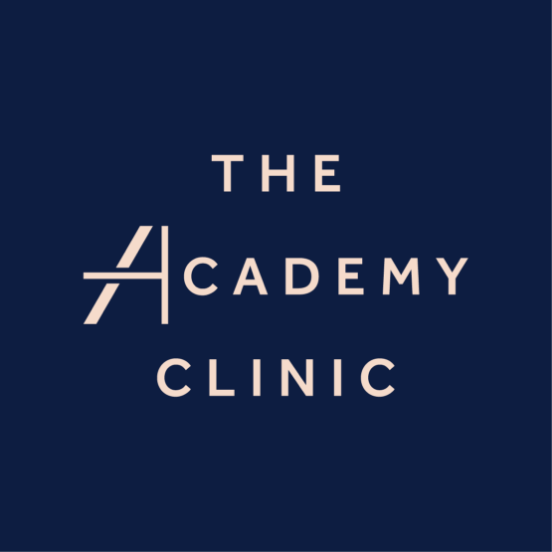

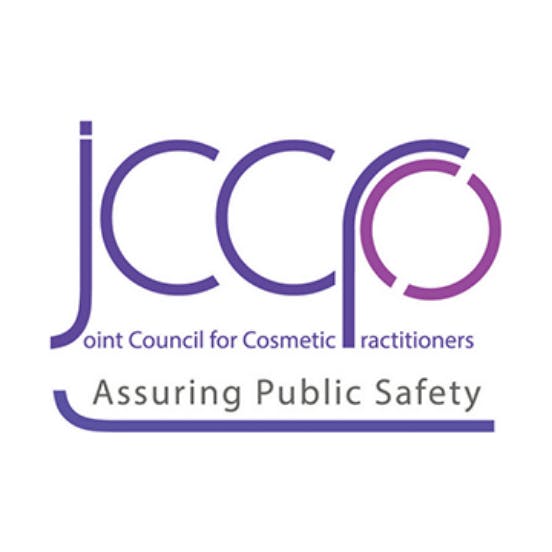

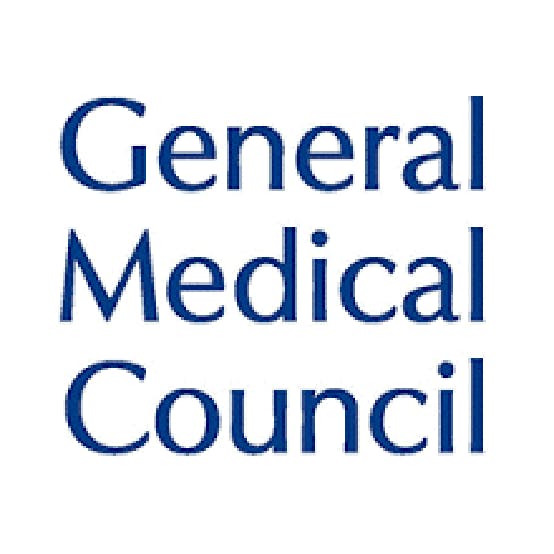

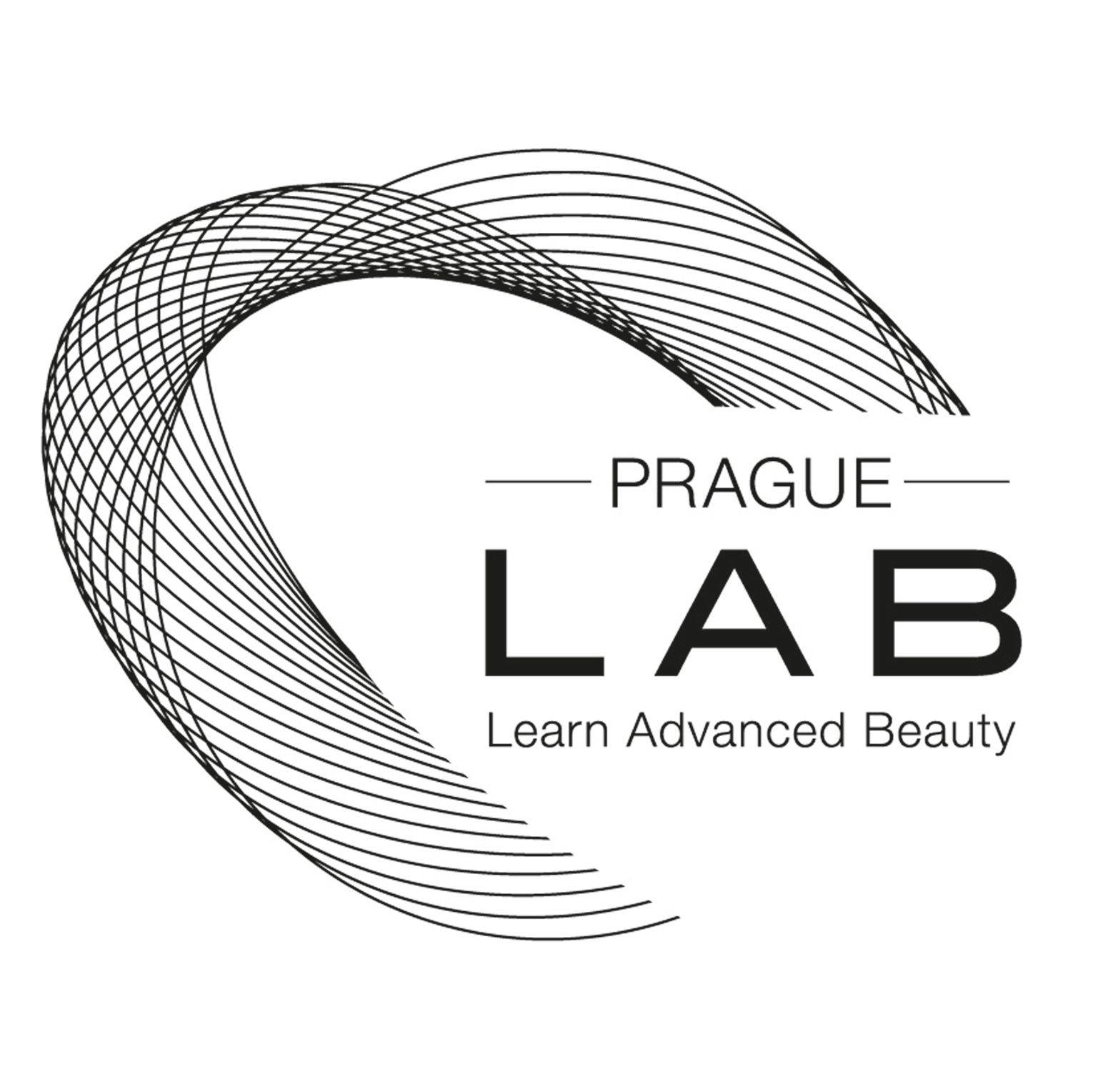
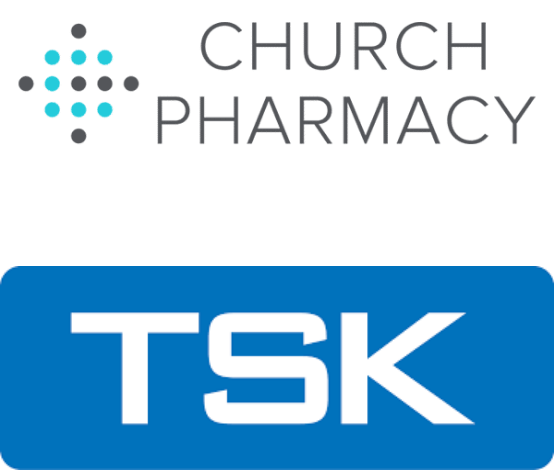
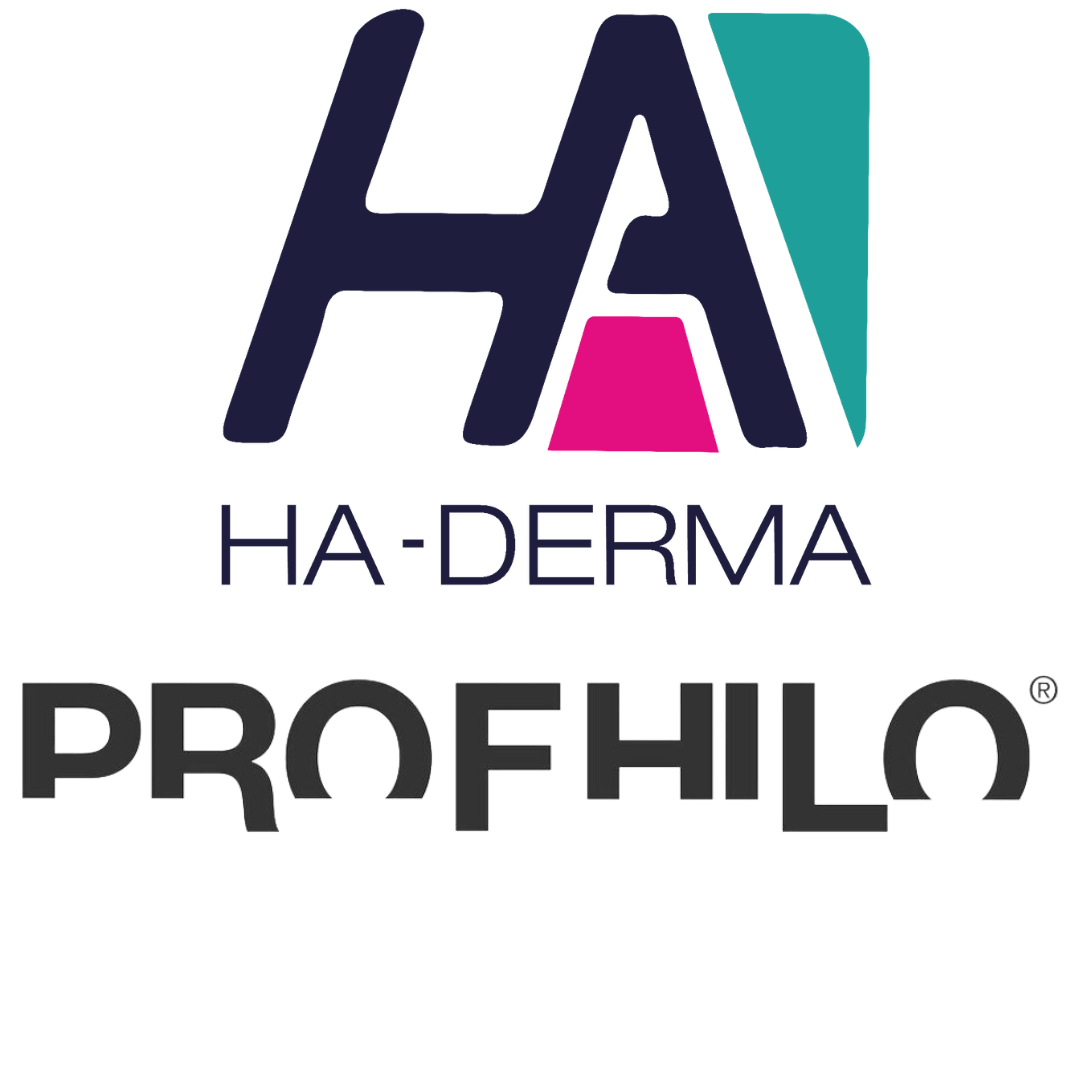
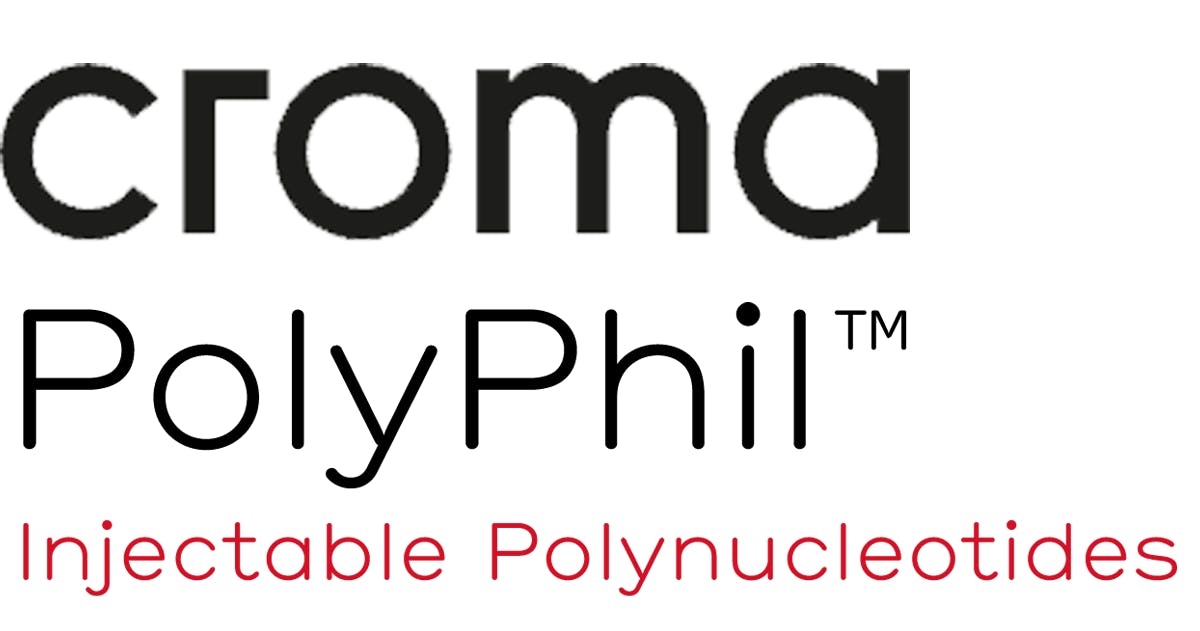

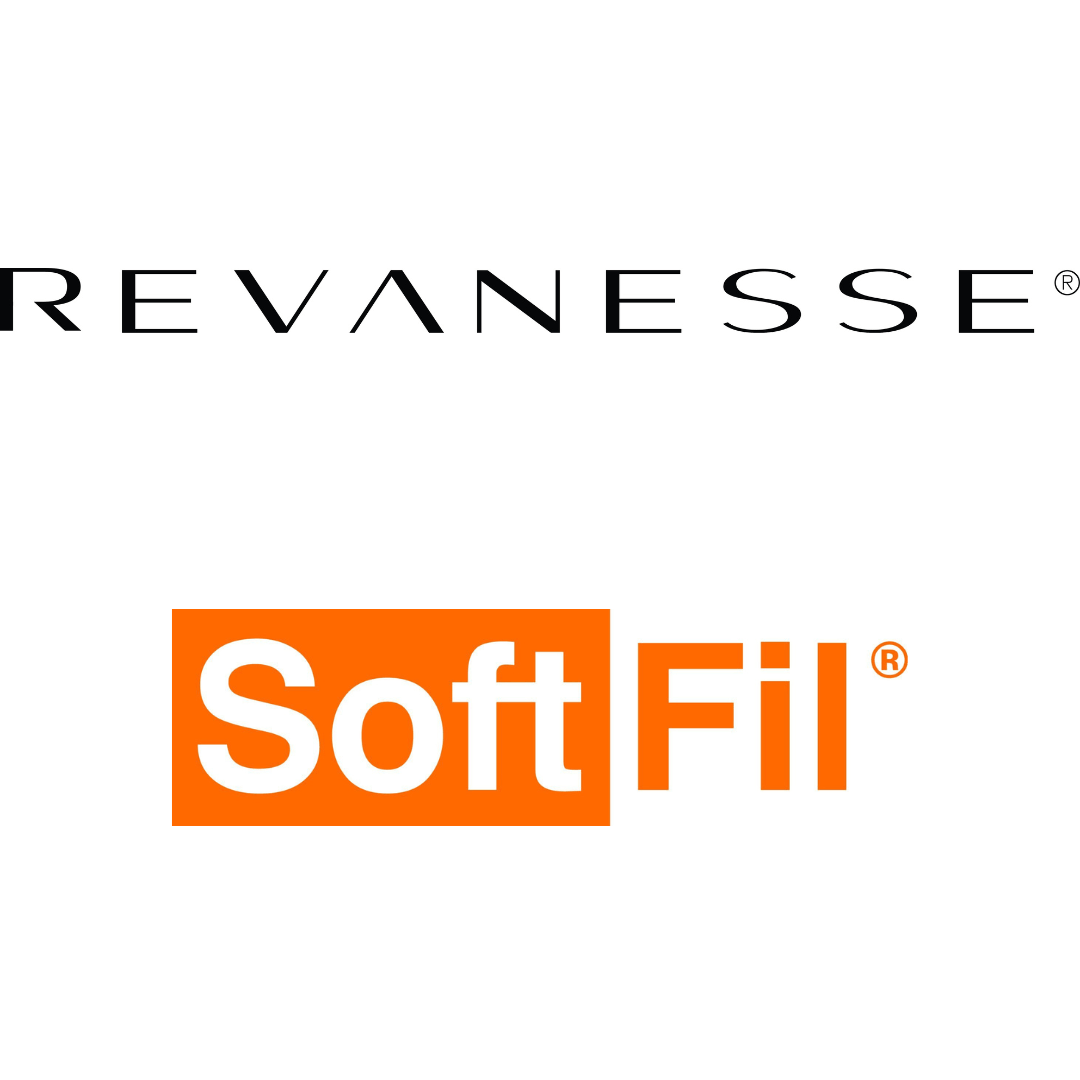
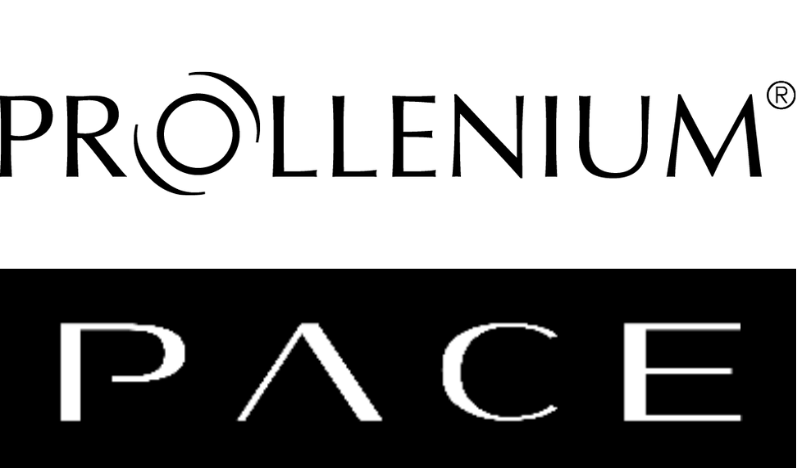
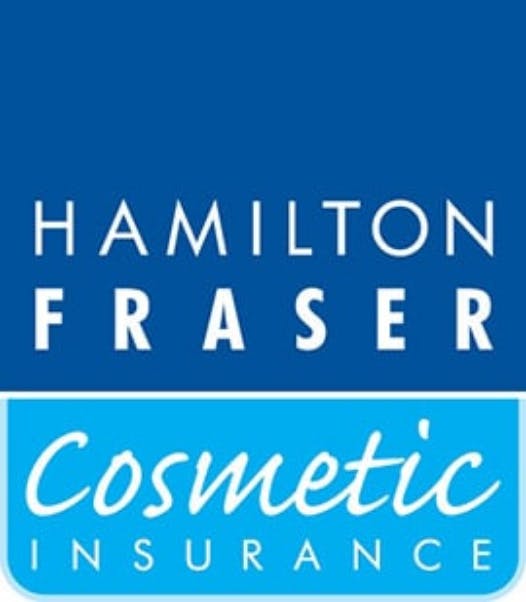
STAY INFORMED
Sign up to receive industry news, careers advice, special offers and information on Harley Academy courses and services

